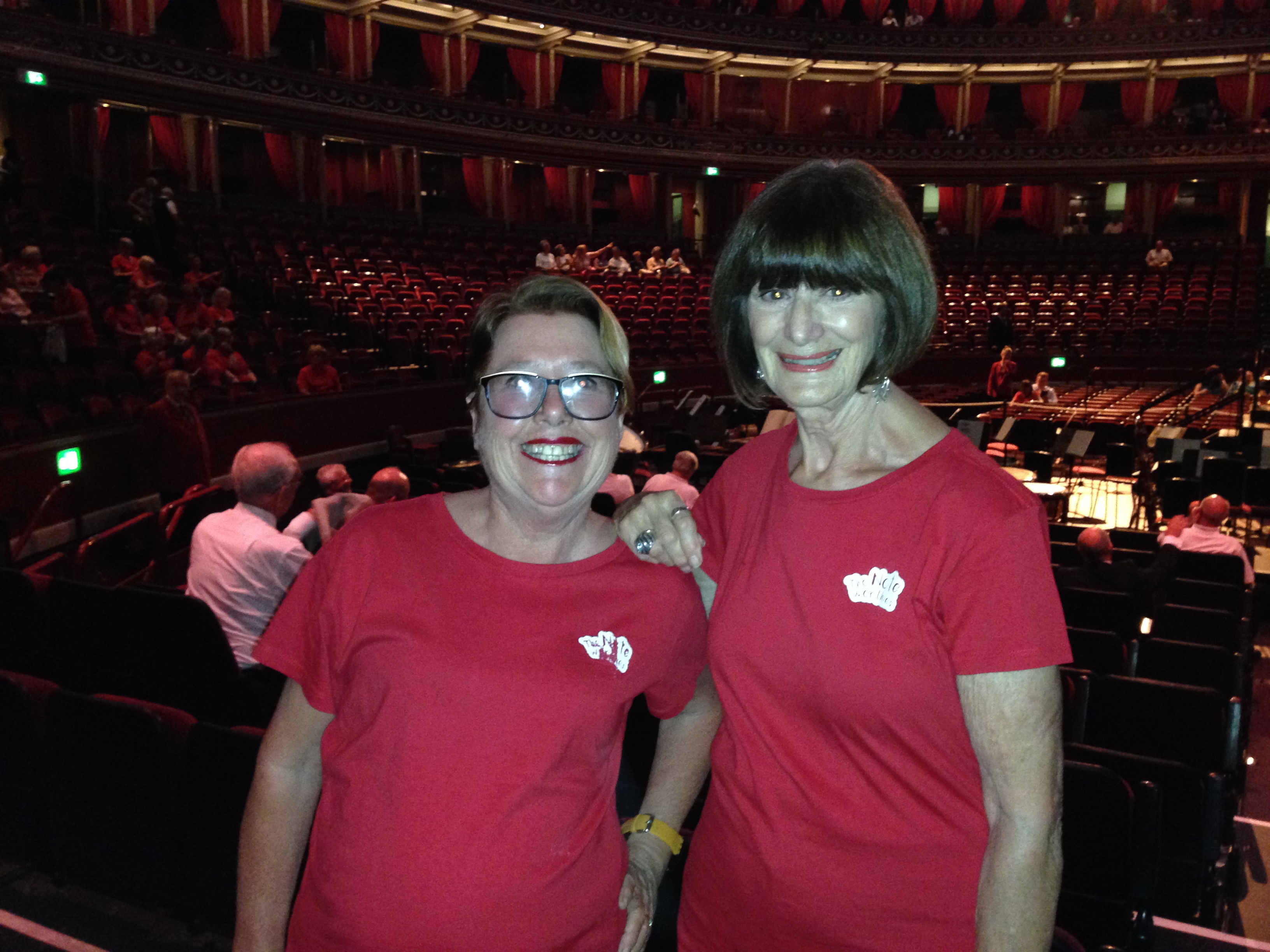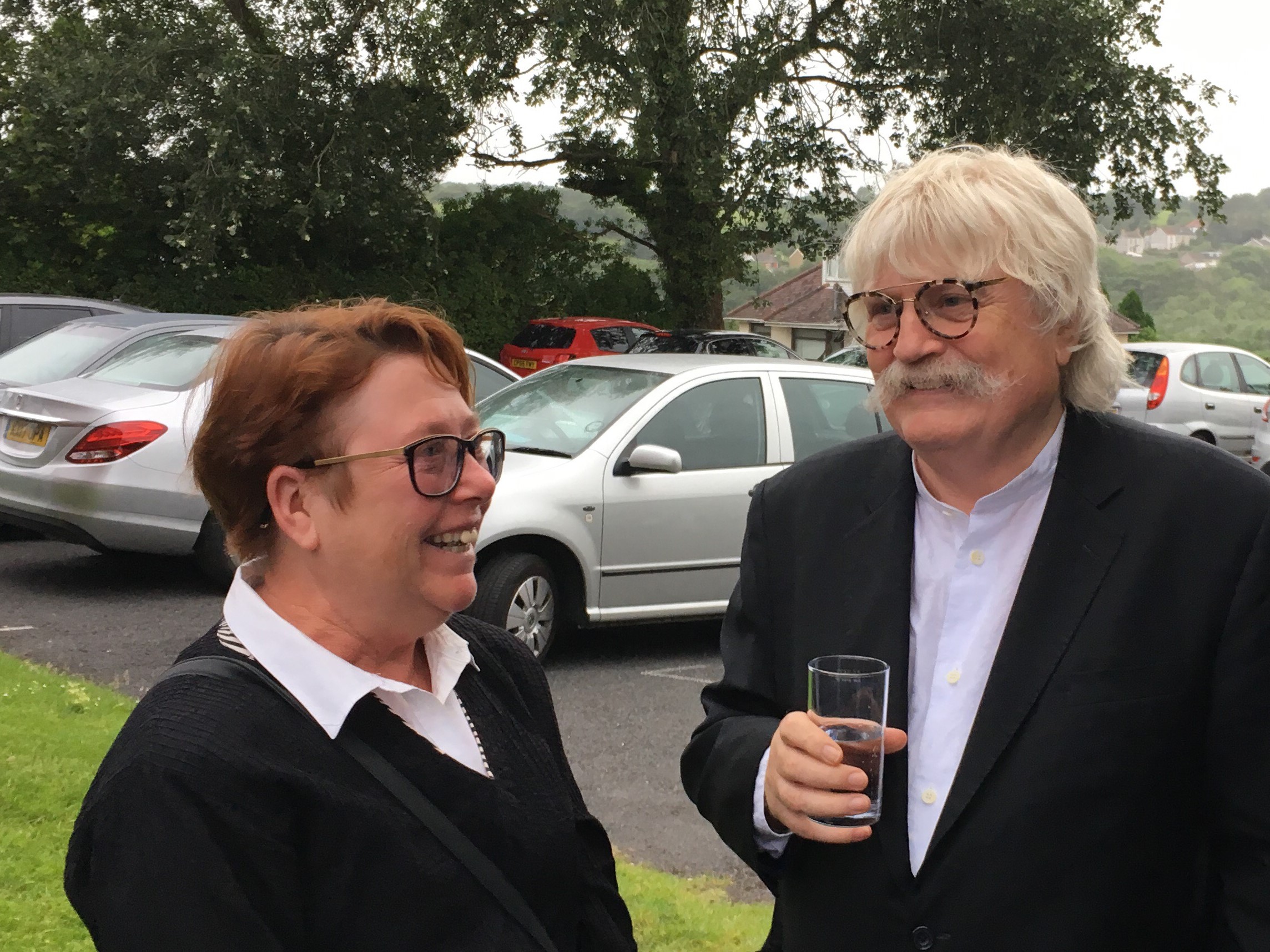Wasn’t it good to sing right through the Schubert Mass at rehearsal last night? Thank you, Carlos, for bringing it together to this point, and thank you for last night encouraging us to sing those lovely solo lines. Schubert certainly knew how to write a good tune!
I was wondering what Schubert might have thought of us last night. Would he be pleased that his music is still giving pleasure to people around the world? Would he be embarrassed by the naivety of his early music compared to his later, more mature works? Would he mind that our performance is perhaps not up to the standards he would expect? Indeed, what would the likely standard of performance have been in 1815 when the work was first performed?
Similar musings occurred when Anne and I attended two concerts back-to-back a couple of weeks ago. Both included a Mozart piano concerto. One was played on a modern Steinway accompanied by a full orchestra. The other used just a string quartet as accompaniment (a version Mozart performed himself on more than one occasion) and there was some considerable debate as to whether the piano should have been a fortepiano as used in Mozart’s day rather than the Steinway which was actually used. Again, what would Mozart have thought about the performances and about the debate surrounding them?
 A third comparable musing came when Choir members Julie Dawson and Jane Cameron sent photos of themselves at The Big Sing in the Royal Albert Hall in London recently. Just imagine the hall full to capacity with 5,000 people singing en masse. It must be a wonderful experience. This year’s works were the Glorias by Vivaldi, Rutter, and Jenkins. Presumably the latter two composers, being very much contemporary, had actively consented to their music being performed in this way. But what about Vivaldi? Could he possibly have conceived of his Gloria being performed several centuries after his death, and what might he, a priest turned composer, have thought about the sheer number of singers, the musical standard of the performance and the very secular nature of both the event and the venue?
A third comparable musing came when Choir members Julie Dawson and Jane Cameron sent photos of themselves at The Big Sing in the Royal Albert Hall in London recently. Just imagine the hall full to capacity with 5,000 people singing en masse. It must be a wonderful experience. This year’s works were the Glorias by Vivaldi, Rutter, and Jenkins. Presumably the latter two composers, being very much contemporary, had actively consented to their music being performed in this way. But what about Vivaldi? Could he possibly have conceived of his Gloria being performed several centuries after his death, and what might he, a priest turned composer, have thought about the sheer number of singers, the musical standard of the performance and the very secular nature of both the event and the venue?
So, lots of questions this week, and no answers. I suppose that is what musing is all about. And if, in searching for the answers, we begin to understand the music and the composers better, then it can only be to our benefit.

 With the shared passion and enthusiasm that Pam observed over three days, she is sure that the future of choral singing is in good hands.
With the shared passion and enthusiasm that Pam observed over three days, she is sure that the future of choral singing is in good hands.
